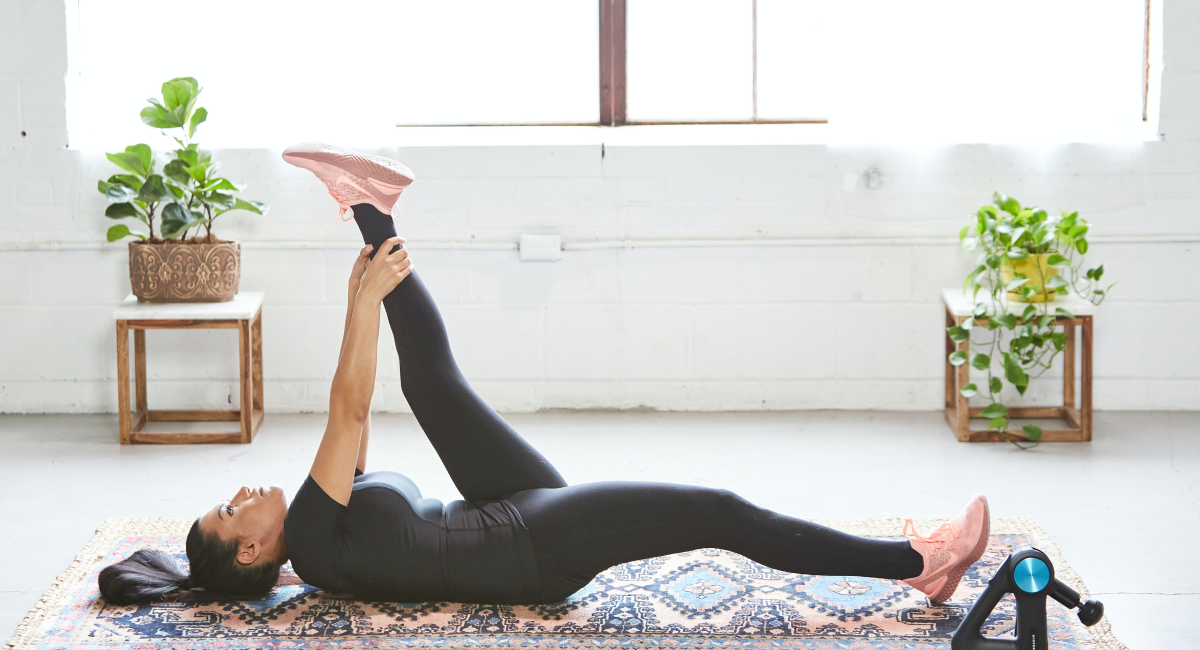To get maximum out of a fitness program, workout recovery is essential. Our body requires time to relax between exercise sessions. It repairs our body faster while ensuring great strength. But that does not mean you should cut it off during the recovery period. It is where active recovery becomes a crucial part of your weekly fitness routine.
Active recovery helps our body get back to homeostasis. It means you will feel relaxed as well as ready for the next workout. But on your rest day, consume enough carbohydrates, proteins, and fats. All help repair muscles.
What is Active Recovery?
Active rest means doing less intense movements, unlike routine workout days. So, it covers simple exercises, which are not longer than 60 – 70% of your effort.
Pros
Active recovery fitness workouts benefits include:
- Provides a refreshing break from high-intensity training.
- Minimizes soreness.
- Prevent future injuries.
- Increases muscle strength.
- Get rid of metabolic waste that accumulates during exercise.
- Enhance blood flow to tissues and muscles to ensure speedy regeneration.
Best Workouts for Faster Regeneration
Low-intensity rest activities include:
Yoga
Yoga enhances flexibility while teaching body control and the right breathing methods. You can do this gentle activity post-workout or on rest days. Aim to focus on yoga styles that are slower and focus more on improving regeneration.
For example, Ananda yoga, yin yoga, or restorative yoga. Doing them will ensure good blood flow and simple for our body to receive nutrients. It helps minimize soreness while repairing muscle damage too. Moreover, you become more familiar with your body during the recovery process.
Tai Chi
Tai Chi is another good exercise for athletes. It enhances the mobility and strength of muscles. In this gentle workout, you go without pausing via a series of movements.
Unlike other exercises, the movements are not forced and are circular. This form of martial arts activates the parasympathetic nervous system. This helps our body calm down to recover from previous workout stress.
Walking or Jogging
On an active recovery day, consider jogging or walking around your neighborhood. They do not need special training or equipment. Many studies claim that walking ensures relaxed sleep, fights stress, and improves memory.
Whether you should do a walk or job depends on your intensity level you need or fitness level. We recommend you do at least 30 – 40 minutes of light walking.
Cycling
You can even improve regeneration after a fitness workout by going for a cycle ride. But avoid heavy resistance or hilly spots. Also, do not do cycling for more than one hour. This low-impact activity will encourage the circulation of blood to your legs. As long as you do it lightly, cycling will put minimal strain on recovering muscles.
Massage
Post-workout massage not only uplifts mood but can also benefit your body. You can hire an expert massage therapist or do massage on your own. It will boost lymph and blood circulation. This helps to improve flexibility and decrease pain, inflammation, and muscle tightness.
Massage also enhances physical performance as well as mobility in:
- Athletes
- Those who perform intense exercises regularly
Low-impact exercise pumps your heart at 30 to 60% of maximum heart rate, making it good for active recovery. Include our workouts in your post-recovery exercise routine today. This will reduce the risk of muscle soreness and injury to build a better body.
Your personal preference will determine the recovery activity you should try first. Remember, muscles need carbohydrates and proteins to recover well. After strength training, adjust your carbohydrate-to-protein ratio to 2:1.
